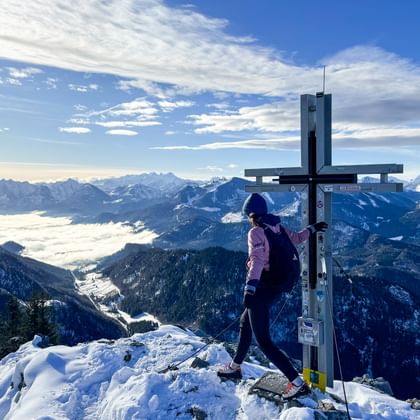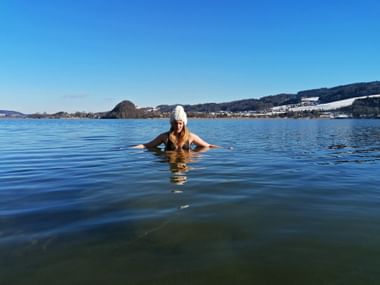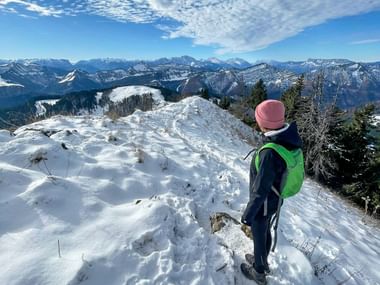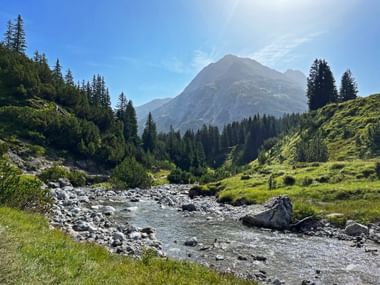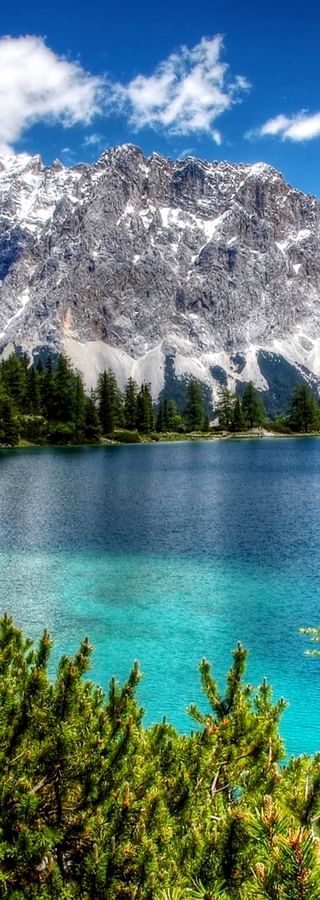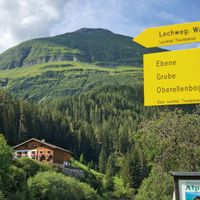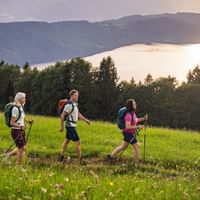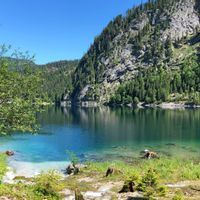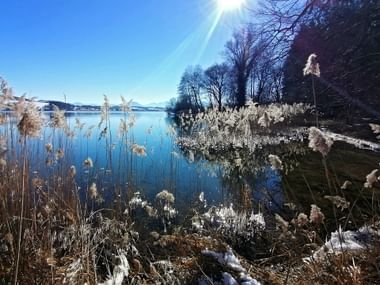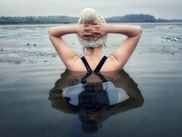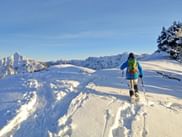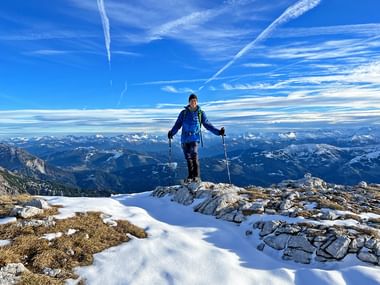As the days grow shorter and temperatures drop below freezing, many of us feel the urge to cozy up by the fireplace. Some even escape to warmer climates to avoid the cold. But did you know that the cold has numerous benefits for both our physical and mental health?
Frosty temperatures can have remarkably positive effects on our bodies. Cold exposure is used therapeutically in several medical fields and has long been a go-to in professional sports for rapid recovery after intense training. The water therapy invented over 130 years ago has been making a real comeback in recent years – ice bathing is more popular than ever. Discover how you, too, can benefit your body and mind with the power of the cold in this article.

